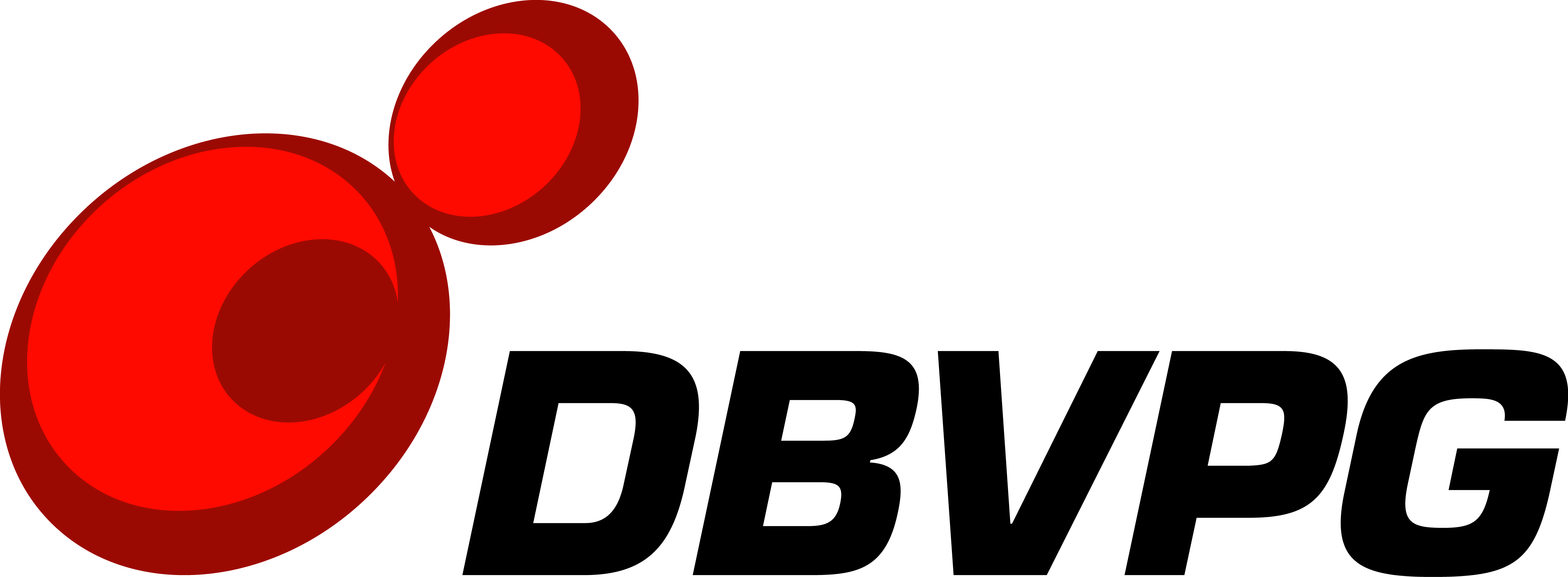Taxon Name
Debaryomyces fabryi M. Ota
Accession number
7031
Form of supply
agar slant
Synonymous
Debaryomyces fabryii M. Ota var. fabryii, Saccharomyces fabryii (M. Ota) Brumpt, Blastodendrion flareri Redaelli & Ciferri, Candida famata (F.C. Harrison) S.A. Meyer & Yarrow var. flareri (Ciferri & Redaelli) Nakase & M. Suzuki, Candida flareri (Ciferri &
Restrictions on use
For research use only
Nagoya protocol compliance conditions
Not under the scope of the CBD and the Nagoya protocol
Other Collections numbers
CCRC 21710; CBS 789; IFO 0015; JCM 2104; NRRL Y-17914
Risk Group
1
GMO
No
Status of the strain
Isotype of Debaryomyces fabryii Ota
Isolation source
interdigital mycotic lesion
Isolation Locality
DEU – Germany
Received from
Phaff – UCD, Davis, CA, USA
Date of deposit
20/02/1996
LSU (D1/D2)
GenBank U94927
18S rRNA
GenBank AB054269
ITS1&2
GenBank AF210326
Recommended growth temperature
25°C
Recommended growth medium
YPDA (Yeast Extract Peptone Glucose Agar)
References
Kurtzman, Robnett. Identification and phylogeny of ascomycetous yeasts from analysis of nuclear large subunit (26S) ribosomal DNA partial sequences. A.v.Leeuwenhoek (1998), 73: 331-371 DOI: 10.1023/A:1001761008817
Ota. Dermatol.Wochenschr. (1924), 78: 284-289
Tsui et al.. Re-examining the phylogeny of clinically relevant Candida species and allied genera based on multigene analyses. FEMS Yeast Res. (2008), 8: 651-659 DOI: 10.1111/j.1567-1364.2007.00342.x
Petersen et al.. DNA typing methods for differentiation of Debaryomyces hansenii strains and other yeasts related to surface ripened cheeses. Int.J.Food Microbiol. (2001), 69: 11-24 DOI: 10.1016/S0168-1605(01)00568-2
Daniel, Meyer. Evaluation of ribosomal RNA and actin gene sequences for the identification of ascomycetous yeasts. Int.J.Food Microbiol. (2003), 86: 61-78 DOI: 10.1016/S0168-1605(03)00248-4
Cong et al.. Linear DNA plasmids from Pichia etchellsii, Debaryomyces hansenii and Wingea robertsiae. Microbiology (1994), 140: 1327-1335 DOI: 10.1099/00221287-140-6-1327
Buzzini, Martini. Utilisation of differential killer toxin sensitivity patterns for fingerprinting and clustering yeast strains belonging to different genera. Syst.Appl.Microbiol. (2000), 23: 450-457 DOI: 10.1016/S0723-2020(00)80077-6
Ota. Dermatol.Wochenschr. (1924), 78: 284-289
Tsui et al.. Re-examining the phylogeny of clinically relevant Candida species and allied genera based on multigene analyses. FEMS Yeast Res. (2008), 8: 651-659 DOI: 10.1111/j.1567-1364.2007.00342.x
Petersen et al.. DNA typing methods for differentiation of Debaryomyces hansenii strains and other yeasts related to surface ripened cheeses. Int.J.Food Microbiol. (2001), 69: 11-24 DOI: 10.1016/S0168-1605(01)00568-2
Daniel, Meyer. Evaluation of ribosomal RNA and actin gene sequences for the identification of ascomycetous yeasts. Int.J.Food Microbiol. (2003), 86: 61-78 DOI: 10.1016/S0168-1605(03)00248-4
Cong et al.. Linear DNA plasmids from Pichia etchellsii, Debaryomyces hansenii and Wingea robertsiae. Microbiology (1994), 140: 1327-1335 DOI: 10.1099/00221287-140-6-1327
Buzzini, Martini. Utilisation of differential killer toxin sensitivity patterns for fingerprinting and clustering yeast strains belonging to different genera. Syst.Appl.Microbiol. (2000), 23: 450-457 DOI: 10.1016/S0723-2020(00)80077-6
Request information
Insert your data to get information about this yeast
